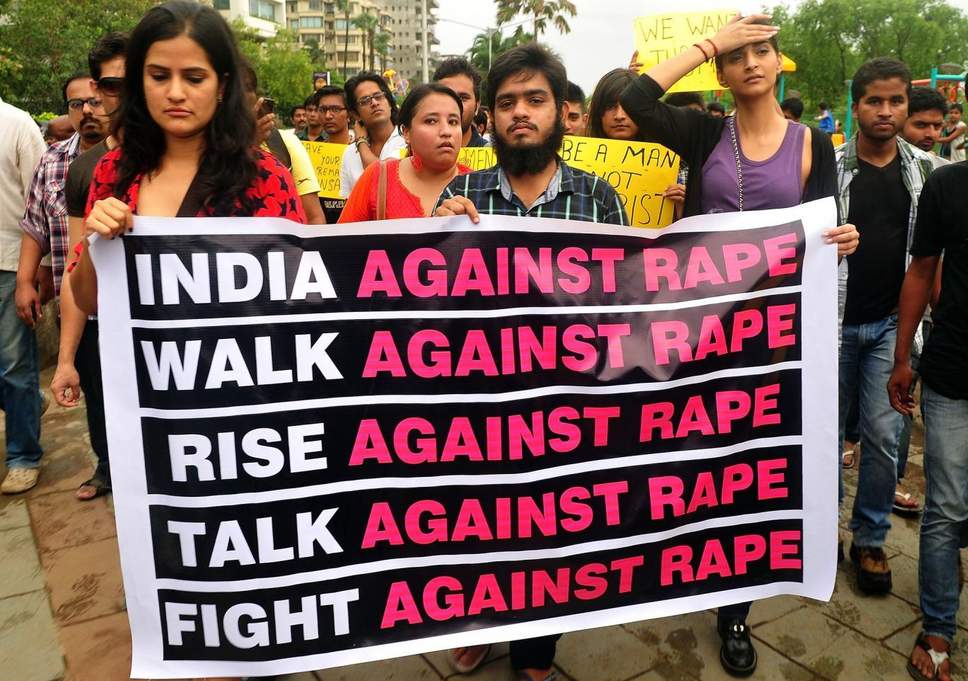Last week the Thomson Reuters Foundation put out a poll saying India was the worst country for women. Then, all hell broke loose. Not because people were appalled at the status of women in India, but because we ranked above countries like Pakistan, Afghanistan and Syria.
A select few critiques were about the methodology used. 548 experts were asked to rate countries based on the parameters of health, discrimination, cultural traditions, human trafficking, and sexual and non-sexual violence. The report makes no use of statistics, data, or perceptions of women living in those countries.
Last week the Thomson Reuters Foundation put out a poll saying India was the worst country for women. Then, all hell broke loose.
Another argument was that the survey does not take into consideration the progress made since 2011, when the survey was first conducted. This is especially true for India, since 2012 and 2013 were the landmark years when the Protection of Children against Sexual Offences Act (POCSO) and the amendments to the rape law following the 2012 gang rape case were passed.
These are all absolutely valid arguments. The research methodology is feeble, and India is far more progressive in terms of laws than many of the countries. Expert opinions can be indicators, but not the basis of such a list. In fact, even the USA, considered to be a developed and progressive nation, is on the list this year not because of current crimes, but because of an unearthing of past and continuing epidemic of sexual harassment.
But for every logical argument against the survey, there are many opinions saying things are good (nay, great) for women in India. So let us consider how things are in reality for Indian women, using the very same parameters.
Health
Even though sex-selective abortion is illegal in India, it hasn’t achieved its purpose since more female infants than male ones die as a result of parental neglect. Families are also less likely to spend on healthcare of girls and women as opposed to boys and men. India has the highest number of anaemic women in the world (more than 51%, in the age group of 15-49 years).
While India’s maternal mortality ratio has gone down by 22% since 2013, a lot more needs to be achieved in cutting down on avoidable maternal deaths. Abortions are legal up to 20 weeks, but women face many barriers to accessing them which results in 10 women dying every day in India due to unsafe abortions. Domestic violence is an epidemic, and women committing suicide due to issues of depression, anxiety, and facing domestic violence and harassment has been on the rise.
Discrimination
Traditional family structures ensure girls have less access to education. More girls dropped out of secondary and higher education than boys for reasons such as menstruation and familial obligations. The number of Indian women in workforce fell to 27% in 2016, according to a survey. Even today the burden of household and child-rearing duties falls largely on women. The rates of literacy are lower in women. Female participation in STEM careers as well as in politics and decision-making positions is low. The women’s reservation bill is still stuck in parliament, which demands for 33% reservation for women.
Cultural Traditions
The practice of child marriages is common in India. Marital rape is not a crime, and it is only last year that the Supreme Court said it would be considered illegal for married girls from the age of 15-18. Dowry harassment, burning and death are still present in a society which sees women as a liability to be married off. Female genital mutilation is alive and practiced especially in the Dawoodi Bohra community. Acid attacks on women, female infanticide, a culture of abuse and violence from family and community (and silence on the woman’s part) make it indeed a dangerous situation for women to live in.
Human Trafficking
India ranks in tier 2 in the US state department’s list, which stands for countries which are do not meet the minimum requirements to eliminate human trafficking, but nevertheless are making significant efforts in this direction. Probe, prosecution and conviction rates are dismally low according to the same list. India has made significant advancements in identifying victims and creating shelter homes. Nevertheless, these are not adequate.
Sexual and Non-Sexual Violence
After the 2012 Delhi gang rape and murder case, reporting of violence against women and children went up significantly. It is worrying that in spite of this, the conviction rate hit a decadal low. Almost 90% of violence against women is happening at the hands of persons known to the woman. Women who do report crimes have to face obstacles at every level right from the police, healthcare provider, to the judiciary. Violence against caste and religious minorities is evident, thus making India even more dangerous for women from those backgrounds.
Our country may not be unequivocally the worst country for women. But we must do our part in acknowledging and addressing the gendered problems that we do have. If we are looking towards development and progress as our national goals, we cannot turn a blind eye towards the sex that falls short of being half the population. Merely being better than Islamic nations, which are plagued with their own problems, cannot be the goal of India. No one is denying the progress that has been made in terms of women’s rights. But when so many women live being denied even their basic rights, this cannot be the point where we stop.
Featured Image Source: Independent
About the author(s)
Tanika Godbole is a writer/journalist based in Mumbai. She is interested in LGBT and women's rights, and is keen on writing about those topics. She also makes terribly drawn comics on human rights and pop culture. They can be found on https://www.facebook.com/godbolet/




